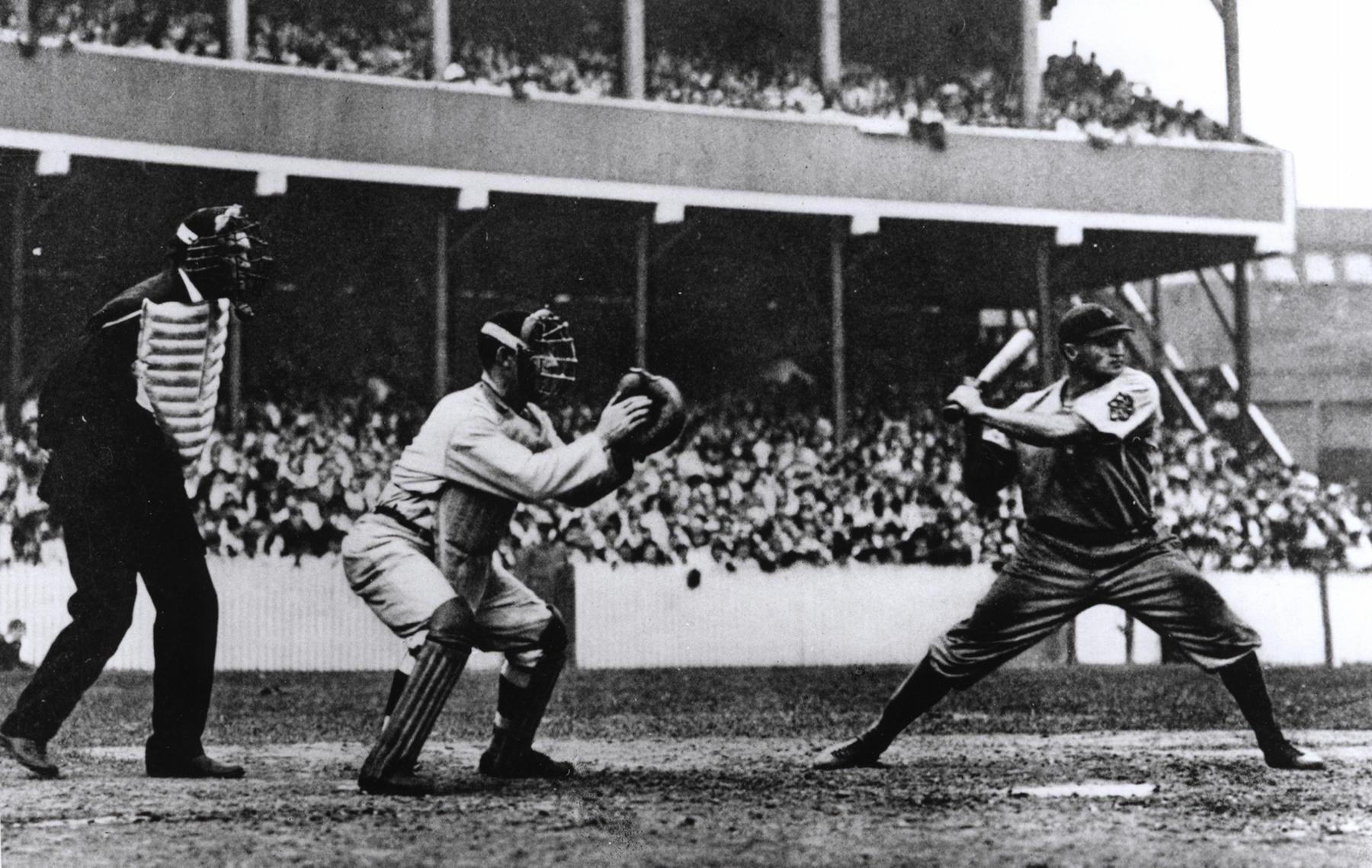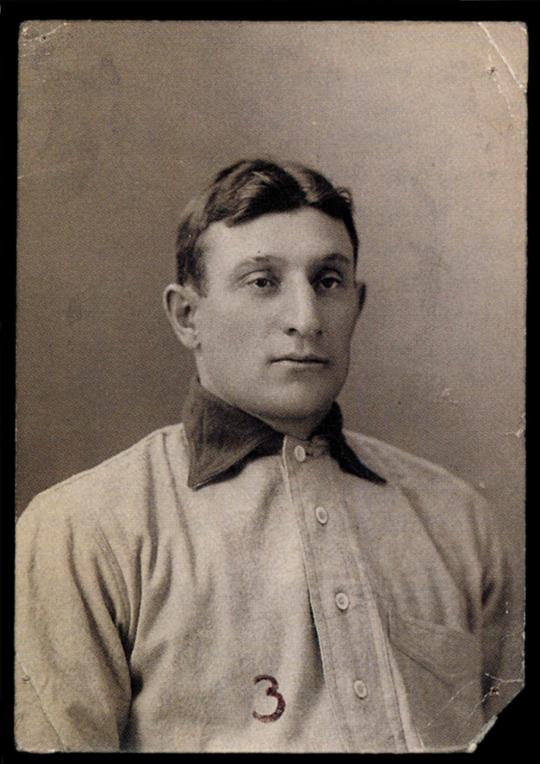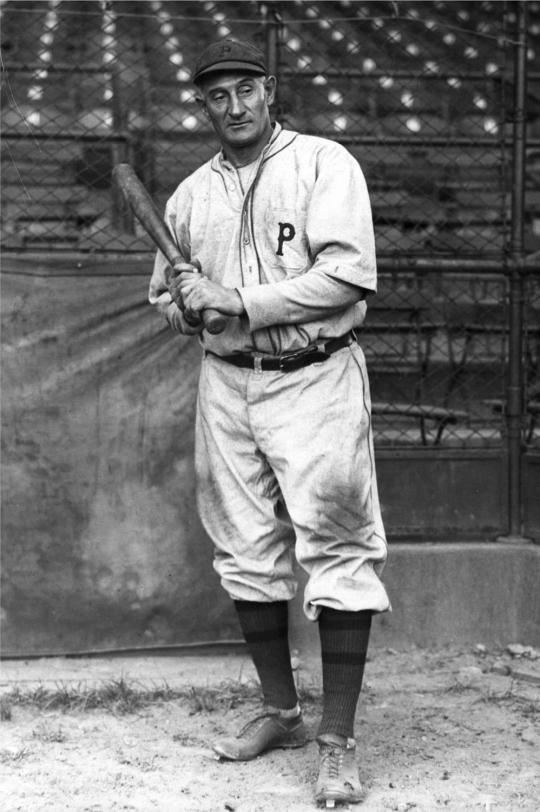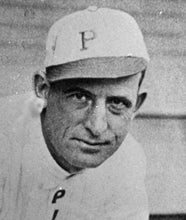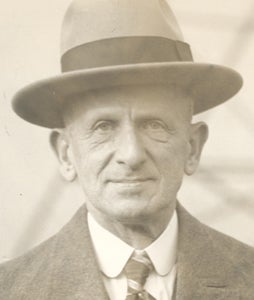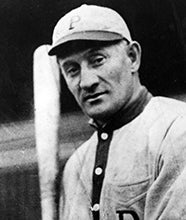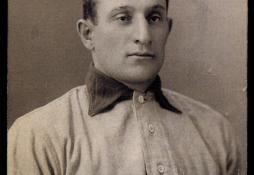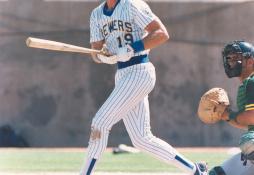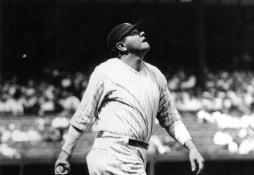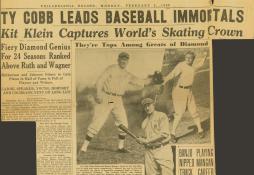- Home
- Our Stories
- The Honus is On You
The Honus is On You
Beautiful, sublime, mysterious, rare and valuable – all of these adjectives have been used to describe the 1909 Honus Wagner T206 baseball card, and yet none can fully capture the essence of this iconic piece of cardboard.
The Wagner card has been described as “The Mona Lisa of baseball cards,” and as “The Holy Grail of card collecting.” It is the subject of three books, one for adults and two for children. It was even the inspiration for a movie about Wagner, 2004’s “The Winning Season,” released in 2004.
The passion for the T206 remains one of sport’s greatest stories.
Fact and fiction
First, as with all great stories, there are some myths and misconceptions. The Wagner card is not the rarest baseball card in history. And Honus Wagner was not opposed to the use of tobacco, as legend has described. But first, the historical facts.
In 1909, the American Tobacco Company, a consortium of smaller companies like Sweet Caporal, Sovereign, Drum and Piedmont, decided that a set of baseball cards inserted into packs of cigarettes would give it a marketing edge over other brands. So they went to work creating a large and beautiful set of cards – one of the first colored sets, and one of the largest sets up to that time, at over 500 cards. The lithographic artwork process proved especially beautiful and the allure of the cards has held up over time, perhaps being strengthened by age and rarity.
Just as the cards were released, Wagner, star shortstop of the Pittsburgh Pirates and a man who would one day be one of the first five players elected to the Hall of Fame, objected to his inclusion and his card was pulled from the set. No one knows how many Wagners made it into circulation, and in fact no one knows how many exist today. Estimates range from 25 all the way up to 200.
The familiar story is that Wagner objected to the cards because he disliked being associated with tobacco. This is simply not true, as Wagner enjoyed smoking cigars and chewing tobacco – in fact, two companies issued cigar brands named after him. He lent his name to several tobacco advertisements throughout his career, and his 1948 Leaf baseball card shows him with a cheek-full of chaw and a pouch in his hand.
Others think that he objected to being uncompensated for the use of his image – but this also rings untrue. The tobacco company signed players up for inclusion in the set by hiring local sportswriters to get the players to sign contracts. Wagner returned his contract to sportswriter John Gruber, along with a check for $10, writing “I don’t want my picture in cigarettes, but I don’t want you to lose $10, so I’m enclosing check for that sum.”
If it wasn’t about the money for Wagner, perhaps he made a distinction between his endorsement and use of cigars and chewing tobacco and cigarettes themselves. Historians Dennis and Jeanne DeValeria, in their biography of Wagner, contend that cigarettes were held in low esteem compared to other forms of tobacco, and that Pirates owner Barney Dreyfuss and player/manager Fred Clarke both despised cigarettes. Furthermore, a 1910 Pennsylvania law prohibiting the sale of cigarettes to minors was in the discussion stages. However, Wagner did permit the Murad cigarette company to run newspaper ads bearing his name and likeness during the 1909 World Series.
In 1916, nearing the end of his playing career, Wagner said “Tobacco may shorten a man’s life and interfere with his baseball career but I guess it hasn’t shortened mine a great deal. I have noticed that where a player starts to quit hitting, it will shorten his career a good deal quicker than tobacco.”
Hall of Fame Membership
There is no simpler, and more essential, way to demonstrate your support than to sign on as a Museum Member.
Supply and demand
What of the notion of the Wagner T206’s rarity? As a culture steeped in the economic law of supply and demand, we are taught that as the supply of anything diminishes, the demand is likely to go up and so, many people assume that the Wagner T206 is the rarest of baseball cards. In fact, there are hundreds, some say even thousands of baseball cards that are rarer than the Wagner T206. There are many cards of which only one known copy exists, making one presume they would be more valuable than the Wagner, since by definition, only one collector can own them. But they are not, and the Wagner remains king, despite the odds.
The mystique began with a man named Jefferson Burdick, a solitary, reclusive man who collected tobacco cards and came up with the checklist system which gives the Wagner the T206 designation, when he published his American Card Catalog in 1937. As a boy, Burdick had been just like his peers, begging for “baseball men” from his father and other men who smoked. But Burdick didn’t stop, collecting all sorts of paper ephemera, and eventually publishing the catalog, founding the hobby and donating his extensive card collection to the Metropolitan Museum of Art.
In the catalog, Burdick assigned values to all the T206 cards, usually less than a quarter apiece. But, he valued the T206 Wagner at $50 – it was apparently that rare and difficult to find and thus the mystique began. By the 1970s, Wagners changed hands for hundreds of dollars, and a print ad in a collectors’ publication promised that it could be worth as much as $1,500. By then, the die was cast, and the price of the card kept going up, driven by the desire of collectors to hunt – and find – the Holy Grail.
Despite the eventual realization that there were other cards that were rarer, the Wagner led the way to a baseball card industry growing up in the second half of the twentieth century.
“The card is valuable because it is famous; it is famous because it is valuable,” noted Paul M. Green and Kit Kiefer in a baseball card book.
But what of the old laws of supply and demand? Seems they do apply – the card is quite rare after all – just not the rarest.
“You are trying to apply logic to something that is about desire,” noted Michael O’Keeffe, co-author, with Teri Thompson, of the book The Card, all about the Wagner T206. O’Keeffe and Thompson spoke at the Hall of Fame on “Honus Wagner Day” in early August, the Hall’s celebration of the centennial of baseball’s most alluring card.
“It’s a mixture of folklore, history, tradition, public relations and marketing at its best,” notes baseball historian Andy Strasberg, who went on to state that “The hobby and the sport are richer for all of these reasons.”
At home in the Museum
The National Baseball Hall of Fame and Museum preserves two Wagner T206s.
Ironically, the T206 Honus Wagner is so celebrated, that fans today know more about the card than about Wagner himself, one of the original five 1936 inductees to the Hall of Fame. Wagner is still a serious contender not just for the laurels as the best shortstop ever, but also as the best all around player ever.
“There ain’t much to bein’ a ballplayer,” he famously said, “if you’re a ballplayer…” a quote which is celebrated in The Baseball Experience, the Museum’s Grandstand Theater film.
Wagner the player still ranks in the top 10 all-time in hits, singles, doubles, triples and stolen bases. He led the National League in hitting eight times, RBI five times and on-base percentage four times. An outstanding fielder and baserunner, the speedy Wagner hit for a career batting average of .327 and was named to the All-Century team in 1999.
And yet, his legacy might be best summed up by a small piece of cardboard – the power of which continues to enthrall generations of fans.
Tim Wiles is the former director of research at the National Baseball Hall of Fame and Museum

